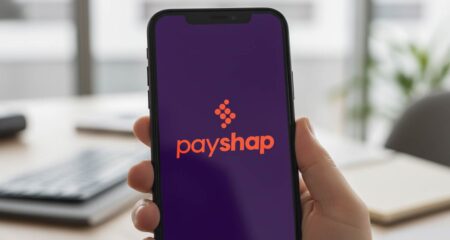
Moneysmart, the free personal financial management tool that was launched in beta last year, has been revamped and will be launched commercially in the next few days, promising an improved experience, automatic integration with all but one of SA’s major banks and forthcoming native applications for iOS and Android.
The website will be leave beta next Monday, with the roll-out beginning this Friday. In addition to automation with the banks, the service can now also integrate with other online account types, including those from Virgin Money, Discovery, Woolworths, Kulula, Edgars and Foschini.
Callan Vorster, chief technical officer and product manager at Moneysmart, says the launch last year was part of the company’s desire to get the service up as quickly as possible and to see which elements were used most so they could continue refining them.
One of the big developments in the commercial version, which was absent in the beta release, is integration and automation with users’ online banking, allowing transaction data to be uploaded and automatically categorised by Moneysmart.
Like some of its competitors in the personal financial management (PFM) space — specifically 22seven and Nedbank’s recently launched MyFinancialLife — Moneysmart uses US technology company Yodlee to “screen-scrape” users’ banking data using clients’ login credentials.
Of SA’s major banks, only Absa has declined to allow Moneysmart users to supply their Internet login credentials for automatic data collection, meaning the bank’s clients who use the service will have to upload their bank statements manually.
Moneysmart CEO Tobie van Zyl says he has met with Absa and has been told the bank intends offering a solution that will allow for some form of automation before the end of the year.
The banks that are supported by the Moneysmart platform are First National Bank, Standard Bank, Nedbank, Capitec Bank, Investec and Rand Merchant Bank.

By early next month, Moneysmart users will also be able to split transactions and categorise them accordingly, such as in the case of a purchase from a retailer that includes clothing and groceries, a feature that Van Zyl says is currently missing from Moneysmart’s rivals’ offerings.
Vorster says Moneysmart also plans to open its platform to third parties at a later stage by means of an application programming interface, or API. This will allow developers to build services that add functionality to Moneysmart and improve the experience of users.
The service is built using HTML5, which makes it compatible with all major modern browsers. Vorster says it was built with touch interfaces in mind and it works on all major tablet computers with a resolution of 1 024×768 pixels or greater.
The company is rolling out an Android application next week and Vorster says its iOS application has also been submitted for Apple’s approval.
Moneysmart, which is free to use, makes money by suggesting services such as investment products to consumers based on banking behaviour. Van Zyl says the company is strict about the companies with which it partners and any third parties must “add value” to its customers.
Vorster says third-party products are intended to “help our customers to earn money”. If, for example, a customer has money in a savings account, the service may prompt the user to consider investing it or putting it in a market-linked account — depending on their savings goals — while pointing out how much interest the account is generating and how much it could be elsewhere.
He says providers that come on board must make taking up their offers effortless for consumers. Moneysmart’s policy is that it only makes money when its customers do, or when they save money.
Moneysmart hopes to sign up 50 000 users by the end of 2012. He declines to disclose current subscriber numbers. — (c) 2012 NewsCentral Media




